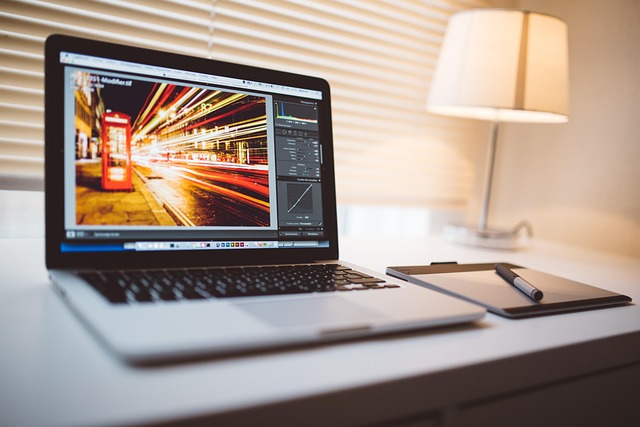In the fast-paced world of television, where every second counts, the role of an actor goes beyond just memorizing lines or embodying a character. It involves a delicate balance of emotion, technique, and the effective use of display technology to captivate audiences. As viewers, we might focus on the storyline or the characters, but behind the scenes, actors harness cutting-edge technology to enhance their performances and create memorable moments.
Television has evolved dramatically over the years, and so has the way actors interact with their environment. Gone are the days when actors would merely perform in front of a static set; today’s productions often feature dynamic backgrounds created through advanced visualization techniques. These techniques offer actors the ability to immerse themselves in environments that are not physically present, allowing for a more genuine and engaging portrayal.
One key aspect of this evolution is the use of monitors on set. Display technology has advanced to the point where actors can see real-time backgrounds that respond to their movements and emotions. This interaction with screens not only helps in creating a more authentic atmosphere but also allows actors to tap into their creativity. Imagine an actor portraying a character navigating a treacherous terrain or dwelling in a supernatural landscape—these visuals dramatically influence their performance. The actor’s ability to react to what they see on screen adds layers of depth to their portrayal, transforming mere lines into compelling storytelling.
Moreover, display technology aids actors in honing their technique. By using monitors during rehearsals, they can review their performances, identify areas for improvement, and refine their craft. This immediate feedback loop is invaluable; it allows actors to adjust their expressions, timing, and movements, ensuring they deliver a captivating performance that resonates with the audience. The integration of real-time feedback and visualization has become an essential tool in an actor’s toolkit, driving them to reach new heights in their artistry.
Another vital component of modern TV production is the careful calibration of environments that enhance the story being told. Actors are no longer confined to traditional sets; they are often surrounded by intricate lighting and high-definition displays that create the perfect ambiance for their performance. The interplay of light, color, and visuals transforms the way scenes are shot, allowing actors to engage with their surroundings in ways that impact their emotions and delivery. This synergy between display technology and performance creates a captivating viewing experience that resonates with audiences long after the credits roll.
The impact of display technology on an actor’s performance is profound. As they adapt to these innovations, they become more versatile and dynamic. The marriage of artistry and technology not only pushes the boundaries of what is possible in TV production but also challenges actors to evolve continually. This evolution is essential as the industry embraces an ever-changing landscape, where storytelling techniques become more sophisticated and immersive.
In this arena where technique meets technology, actors find themselves in a unique position to make their mark. They are not mere performers; they are storytellers who utilize every tool at their disposal, crafting narratives that resonate with audiences worldwide. Whether it’s through the spark of a digital background or the flicker of light from a monitor, actors today are mastering their craft in ways that amplify their ability to connect with viewers on a profound level.




